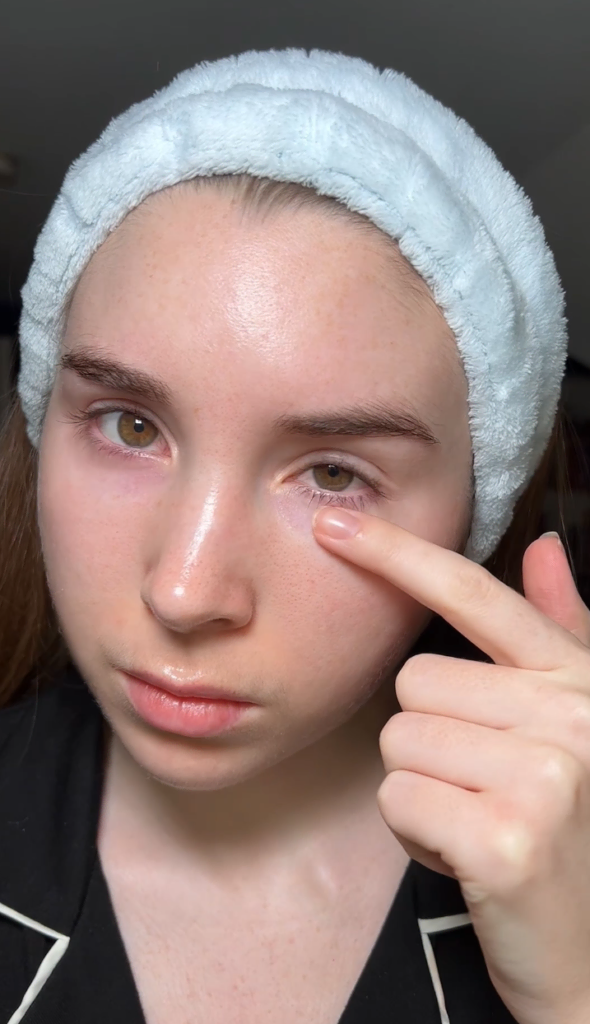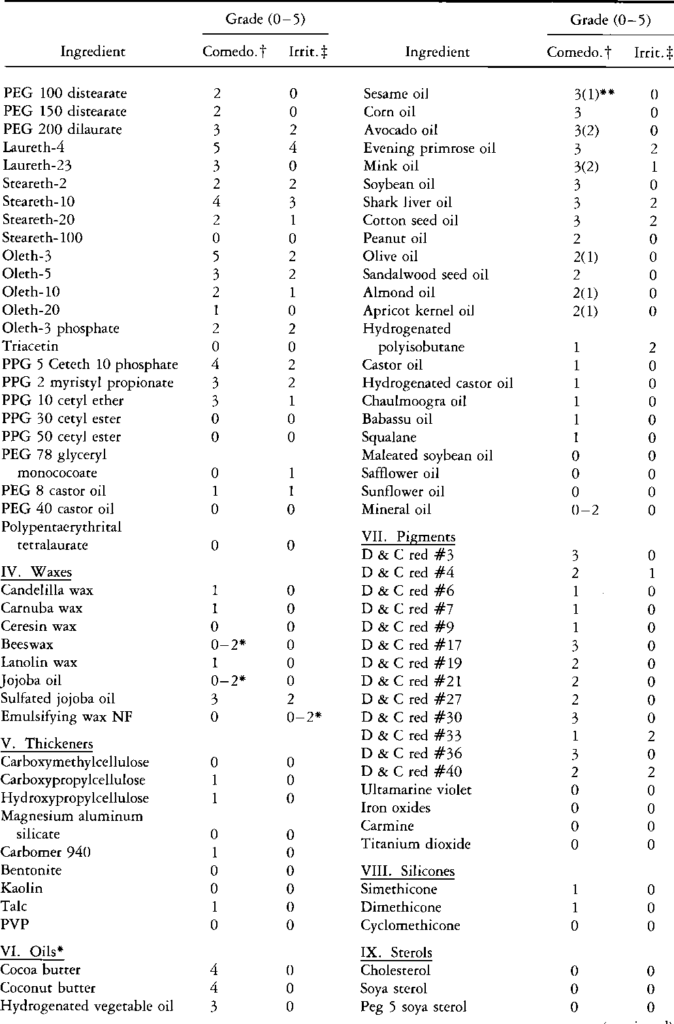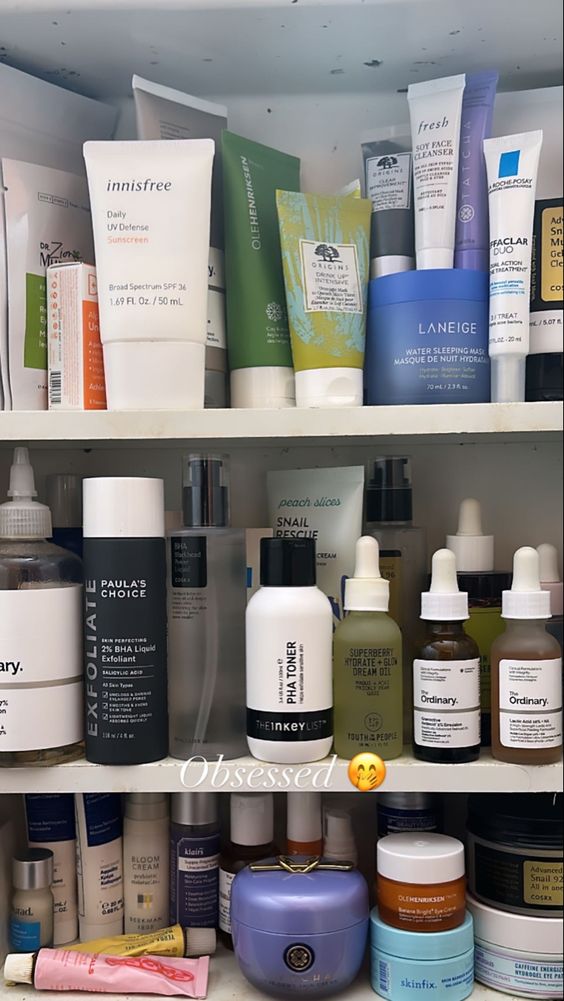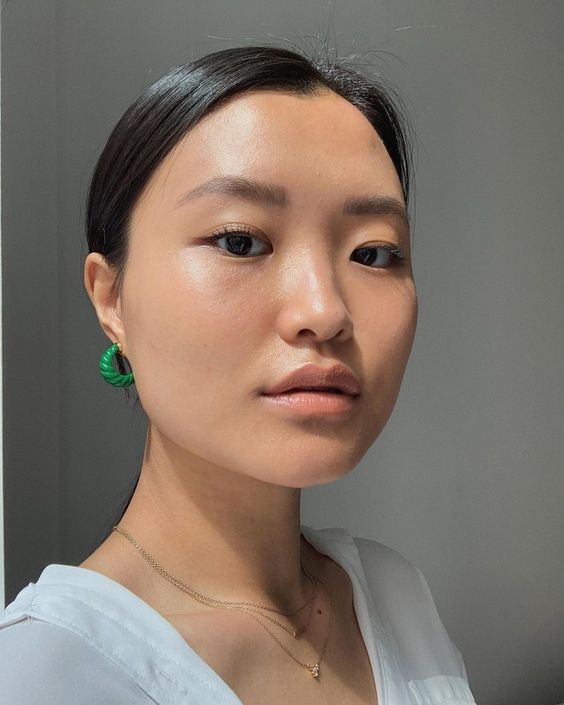This site contains affiliate links. I may earn a small commission, at no extra cost to you.
I can’t tell you how many times I get asked on social media about pore clogging ingredients. Specifically why some of the products I recommend contain them, and even more specifically about why isopropyl palmitate is in tretinoin!
The long story short, is that pore clogging ingredients don’t really exist. You can use a product with ‘pore cloggers’ and it won’t break you out, and you can use a product without pore cloggers and it may still break you out. Honestly, I wish it were as simple as avoiding all pore cloggers (believe me, I’ve tried it) and unfortunately it’s just not the case.
What are pore clogging ingredients?

Baring in mind the fact they don’t exist, what they are perceived to be are ingredients that have ranked above 1 on the comedogenicity scale. ‘Comedogenic’ is a term that is used to rate how pore-clogging a product is, and skincare ingredients have been scored from 0-1.
There’s been a trend on social media lately for skincare without pore clogging ingredients, and it honestly makes me sad every time I see it. I don’t mean to be rude, but these posts are by very ill-informed people. It’s also sad because many people will spend lots of money buying these products, only to still get breakouts.
What is the comedogenicity scale?

This is a scale that was designed to rate how pore clogging skincare ingredients are. The most common example was a study that happened in the 70s and tested on rabbit ears. Rabbit ears are obviously not human skin, so it’s pretty questionable to apply these findings to ourselves.
Rabbit ears are known to be more sensitive than human skin, and so the rabbit ears reacted much faster to the ingredients. This means there were a lot of false positives – ingredients being flagged as comedogenic when they are not, at least on a human.
The scientists who did this study also noted that the inside of rabbit ears have larger pores than human skin, and their pores also vary (like ours). This led to so many disagreements on what did and didn’t count as acne. Long story short, the results were very confused and not clear.
What does clogging even mean?

Imagine two people use a sunscreen and they both break out. One of them breaks out in a few red pimples, and the other gets some closed comedones. Ignoring the fact that they both have entirely different genes (and probably skincare routines), would they both call the sunscreen ‘pore-clogging’?
Pore clogging to one person might mean closed comedones, and to another person it might mean breaking out in whiteheads. Furthermore, sometimes an allergic reaction or sensitivity simply looks like a breakout when it’s not, but we’re none-the-wiser. This is partly why so many people report different views of different products.
The presence of a pore clogger doesn’t equal a pore clogging product
I would say that this topic is the one I’m most passionate about. The mere presence of so-called ‘pore clogging ingredients’ does not automatically make a product pore clogging. I will list off the reasons why:
The poison is in the dose

If you drink too much water you get ill, but if you drink the right amount you’ll feel very well. It’s like taking the right dose vs. an overdose: some medicines are fine in the correct quantity, and it’s the same for skincare ingredients.
Furthermore, some people are sensitive to the recommended dose of a medicine, and others are just fine. Because we’re all unique, we react differently to different levels of ingredients.
Finally, you might notice a ‘pore clogging ingredient’ at the start, middle or end of an ingredients list. This indicates how much of the ingredient is in the formula (more at the start, less at the end). I use a Cetaphil moisturiser twice a day that contains a ‘pore clogging ingredient’ that is right at the end of the list. This means it’s in smaller quantities. I’ve been using it for years and have clog-free skin.
The formula matters
Different ‘pore clogging’ ingredients are mixed with other ingredients, and this affects how it’ll agree with your skin.
Different skin types (and genes)

This isn’t just about whether you’re oily, dry or combination, this is about having very different skin on a genetic level. Much like allergens and sensitivities, we can be sensitive to certain ingredients. Much like a nut allergy, you can be sensitive to a handful of nuts, but be fine with just one. It’s like a 5% strength ingredient vs a 1% strength.
Your routine makes a difference
Finally, the other products in your routine also matter. Again, this is another reason your friends may love a product and you do not, because they combine it with other products.
How to determine whether your product will clog your pores

If you haven’t got it by now, the unfortunate answer is that you can’t predict these things to a particularly accurate degree. Personally, I find the best way is to simply patch test every new product you try. This is how I patch test:
- Try the product on one half of the face, or lower jaw on one side only
- The next day inspect your skin for any changes
- Keep doing this daily for about a week, you should notice any initial changes (if any) within 24-48 hours
- If you see changes that feel abnormal for your skin, stop using it
Congratulations, you just saved yourself a whole face of breakouts from blindly using a new product!
Sometimes I’ll patch test a product for a week, then start using it allover my face. Even weeks later I can begin to suspect it as causing issues, clogged pores or otherwise. This is just the luck of the draw, and until some kind of scientific advances there’s not a whole lot we can do about it.
My philosophy on skincare for clog prone skin
Personally I think it’s quite simple: avoid products with super high quantities of ‘comedogenic’ ingredients that rate 3-5, such as coconut oil. This means that in my daily life I still use products that contain some ‘pore cloggers’… and look – my skin isn’t clogged! It’s hard to put a number on ‘high quantities’, but I usually go by no more than three.
Typically I find that rich creams will clog my skin, but this isn’t just because they’re ‘rich’ or thick. It’s because to get a rich cream, brands will often use the same few ingredients that I don’t agree with, such as shea butter. Still, plenty of people will clog-prone skin get along with shea butter – which just shows you how pot luck it really is. If a brand creates a rich-feeling cream which doesn’t utilise the classic ingredients used to achieve this, I’m open to trying it.
Why is isopropyl palmitate in tretinoin?

As previously mentioned, it’s because the mere presence of a ‘pore clogger’ doesn’t make something inherently pore clogging in real life, because the pore clogging rating system was… built on rabbits! There have been human studies, too, by the way. These have been done usually less than 10 people – a laughably small and non-representative sample size. Often the tests are also done on back skin (great!).
If you think about it logically, there are hundreds of thousands of people using tretinoin without any clogged pores. The same tretinoin that contains isopropyl palmitate. This ultimately shows that a single pore clogger doesn’t automatically cause breakouts.
If you’re interested in which products have worked for me, you can find them below organised by category:
- Sunscreens
- Skin barrier products
- Moisturisers
- Water based cleansers
- Oil and balm cleansers
- Retinoids
- Eye cream
- Accessories and supplements
This was ‘What If My Product Contains Pore Clogging Ingredients’?
You may also like:
- Can You Use Salicylic Acid Face Wash with Differin Gel?
- Does aloe vera gel clog pores?
- The 15 Best Cleansers to Use with Tretinoin & Retinol